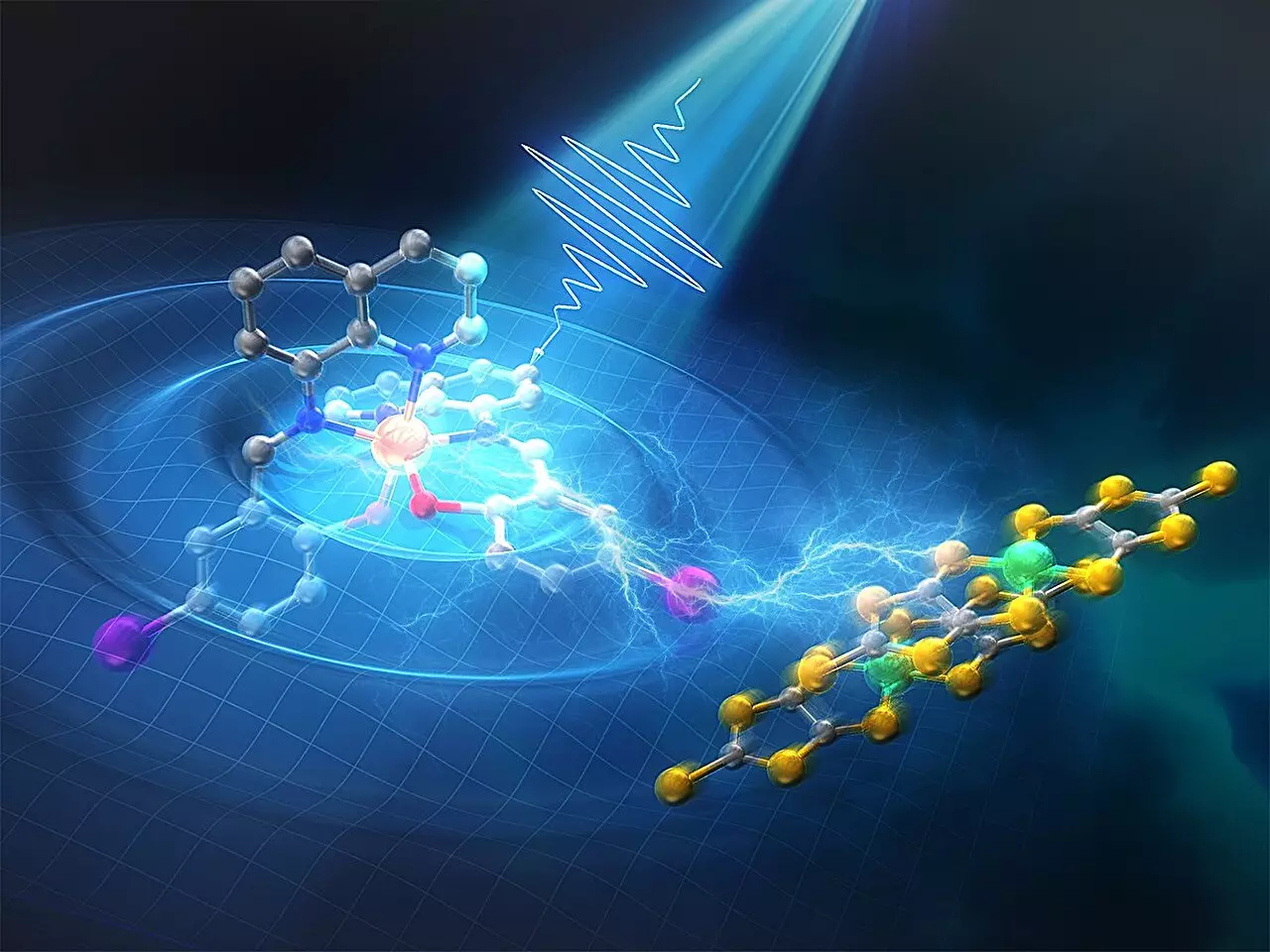Halogen bonds play a significant role in directing sequential dynamics in multi-functional crystals, offering insights essential for developing ultrafast-response times for multilevel optical storage. These intermolecular interactions arise from the attraction between a halogen atom and another atom with lone pairs, contributing to the development of innovative photo-functional materials.
Despite the crucial role of halogen bonds in crystal engineering and studying photoinduced structural deformations, the impact of these interactions on rapid photoinduced changes within supramolecular systems has been largely unexplored. A collaboration involving researchers from Tokyo Tech, EuXFEL, University of Potsdam, University of Toronto, University of Tsukuba, and Kobe University delved into the photoinduced dynamics associated with halogen bonds in the prototypical halogen-bonded multifunctional system.
The study involved investigating the ultrafast photoinduced molecular dynamics by combining various methods, such as time-resolved transient visible absorption spectroscopy, time-resolved mid-infrared reflectivity spectroscopy, and ultrafast electron diffraction. Through these techniques, the researchers were able to delve into the electronic, vibrational, and structural aspects of the system, unraveling the impact of halogen bonds on photoinduced sequential dynamics.
The findings revealed the existence of a photoinduced transient intermediate state (TIS) different from the low-temperature (LT) and high-temperature (HT) phases. This TIS state, achieved within a few picoseconds, exhibited the high-spin state of cations with strong dimerization of anions. The sequential slow dynamics over approximately 50 picoseconds led to the final state resembling the HT phase, illustrating the intricate processes involved in the photoinduced changes within the multifunctional crystals.
To elucidate the role of halogen bonds in the photoinduced sequential dynamics, the researchers conducted quantum chemistry calculations based on the ultrafast electron diffraction results. The analysis revealed the persistence of halogen bonds guiding the sequential dynamics, with photoexcitation of the cation leading to vibrational energy transfer via halogen bonds to the anions. This process resulted in dimer softening of the anions, highlighting the intricate interplay between halogen bonds and photoinduced dynamics.
The research emphasizes the importance of ultrafast investigations in monitoring electronic and structural dynamics, shedding light on the synergistic spin transition within multifunctional crystals. The insights gained from this study pave the way for further exploration of the role of halogen bonds in directing sequential dynamics and developing advanced photo-functional materials with enhanced response times.
The study offers a comprehensive understanding of how halogen bonds influence photoinduced sequential dynamics in multifunctional crystals, opening up new avenues for research in the field of crystal engineering and ultrafast response materials. By unraveling the intricate processes involved in these interactions, researchers can continue to push the boundaries of knowledge in developing innovative materials with enhanced functionalities and applications.


Leave a Reply